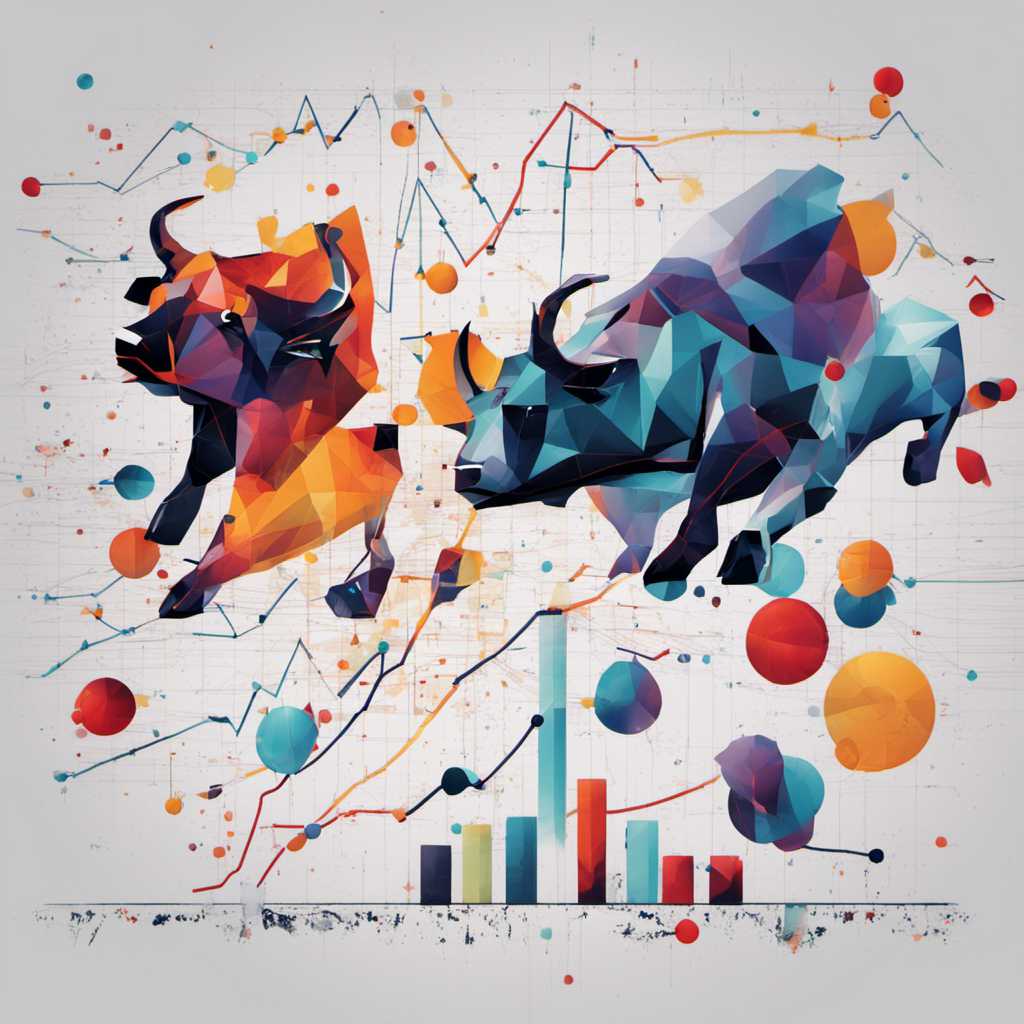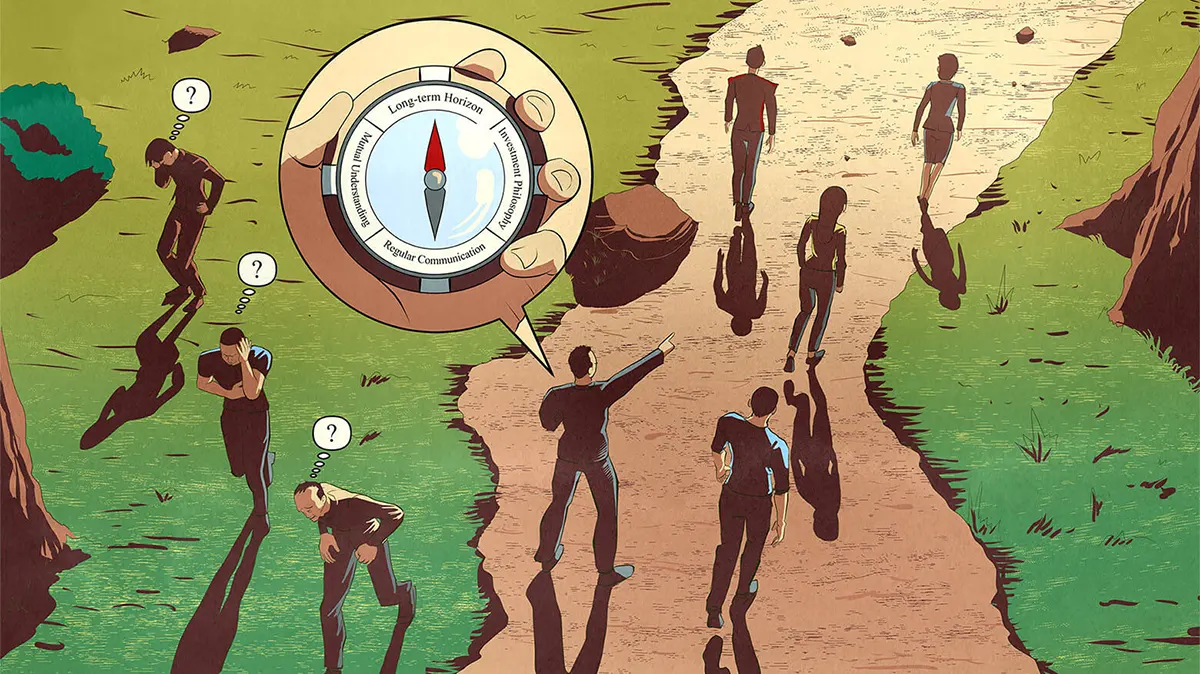In the last century, every prolonged bull market, which ran about 16 years, was followed by a similar length bear market. I believe this is not a random pattern. It takes a long time for an emotional cycle to reach its climax, and it takes a similar time to reverse that cycle and drive valuations to the other extreme. In a bull market rising prices intensify optimism and euphoria. The more persistent the ascent the more certain investors become of their abilities. As the perception of risk gets duller, even the most risk averse become risk seekers.
In a bear market the opposite happens. Optimism turns to pessimism, euphoria to anguish, and jubilation to desolation. Risk tolerance does not change but the risk senses sharpen. Even low probability risks are magnified. Most bear markets in the last century were range-bound or gradually declining. Bear markets are boring. After several years of losses or no returns, investors lose interest in stock investing. Investor indifference induces further market declines that in turn lead to greater indifference – the start of the vicious circle.
The extremes of human emotion prevent the market spending much time in a rational state at fair valuation. In the second half of the 20th century stocks traded on average at 15 times earnings (perceived fair valuation level). But stocks spent less than 20 per cent of the time with a price/earnings ration of 14-16 during the same time frame. In the majority of cases the market reached its fair valuation in passing from one irrational extreme to another. Today’s market valuation is still fairly high, the Standard & Poor’s 500 is trading at 21 times last year’s earnings and 16 times projected 2005 operating earnings (excluding never ending one-time charges). And P/E multiples are likely to get higher as companies start expensing stock options at the end of the year.
Current valuations have little bearing on what the market will do over the next 10 years. The Dow Jones Industrial Average is at the same level it was in 1998; most other leading US indices are down substantially from their highs. A seven-year descent from the biggest stock bubble of the 20th century has provided plenty of negative confirmations to investors and has planted the seeds of indifference that are fertilised with every passing day. Stocks are unlikely to settle at their fair valuation.
Emotions that have accumulated over the last seven years are apt to drive stock prices far below their intrinsic value, as has happened almost every time in the last century. At the end of each bear market in the last century P/E fell below 10. At the end of the 1966-1982 bear market, the average stock reached a P/E of 7.4. But this does not mean investors should avoid stocks – the alternatives are no better – but traditional investment approaches do need tweaking.
Buy Discipline: although the fundamental analysis of the business should not change, valuation analysis needs adjustment. Look for a greater margin of safety in valuing stocks. This will increase the difficulty in selection but should reduce the risk of P/E compression. Relative valuation tools should be used with caution as they benchmark to valuations achieved in the past bull market, not those likely to be observed for a long time ahead. Absolute valuation tools, such as discounted cash flow analysis, although they have other drawbacks, do not suffer from the benchmarking error, making them a necessity in an analyst’s tool box. Cash should be a viable alternative to owning overvalued or marginal quality stocks. Bear markets present opportunities to own great businesses at great prices, thus patience and dry powder (cash) is rewarded.
Sell Discipline: the traditional buy and hold approach should be put on hold. An oscillating market rises and ebbs continuously, thus navigation requires a lot more maneuvering. In bull markets, stocks often overshoot their fair valuation level. In bear markets that happens to a lesser degree, thus specific price (valuation) targets for each stock need to be set and strictly followed. This ebb and flow volatility should be taken advantage of as it should provide a source of capital appreciation.
Dividends and Value: dividend yield accounted for almost all the return in the last bear market. Investors in this market should buy companies that generate significant free cash flows and can raise their dividend payout without hindering future growth. Stocks that pay a nice dividend and trade at low valuation will have a cushion to soften P/E contraction, where growth stocks are likely to be the largest casualty. Finally, index funds should change the sign on their doors to read “a place of low fees and no returns”









0 comments